Revel Rascal v2 review: All-around trail bike goodness
The inherently excellent suspension performance and smart frame geometry mean you don’t have to get fancy with this one.
In this day and age of hyper-specialization and niches upon niches, it’s awfully refreshing to ride a bike that’s just meant to be pretty darn good for a wide range of usages. For mountain biking, trail bikes are still the meat of the (non-powered) market – light and snappy enough for all-day pedaling, but capable enough on the downhills to justify that hour of climbing you just suffered through. For Colorado-based outfit Revel, the Rascal is that one-bike all-rounder, and rather than blitz you with heady-sounding buzzwords and tech galore, it takes a more old-school approach by nailing the fundamentals.
Pros: Excellent pedaling efficiency, highly refined bump and braking performance, good frame geometry, ample frame protection, mature aesthetics, solid pricing.
Cons: Frame could be lighter, no internal storage or tool mount, handling may stray a little too much into XC territory for some.
The takeaway: A refreshingly honest trail bike that doesn’t need any fancy add-ons to bring out its best.
There are a few bike brands that can credit a single model for planting their stake in the ground. For Specialized, it’s the Stumpjumper. Trek, the Madone. Giant? Definitely the TCR. And for tiny Colorado-based outfit Revel, it’s most certainly the Rascal trail bike, and it’s not one the brand could afford to screw up when it debuted the second-generation model last year.
Perhaps unsurprisingly, Revel didn’t shake things up too much with version 2.0. In fact, at first glance, it doesn’t look like much has changed at all.
Visually, the Rascal v2 sports a familiar low-slung silhouette, with molded carbon fiber front and rear triangles, a molded carbon fiber shock yoke, and molded carbon fiber suspension links arranged in Revel’s trademark Canfield Balance Formula co-rotating layout. Suspension travel carries over, too, with a versatile 130 mm out back and 140 mm up front, rolling on 29” wheels front and rear.
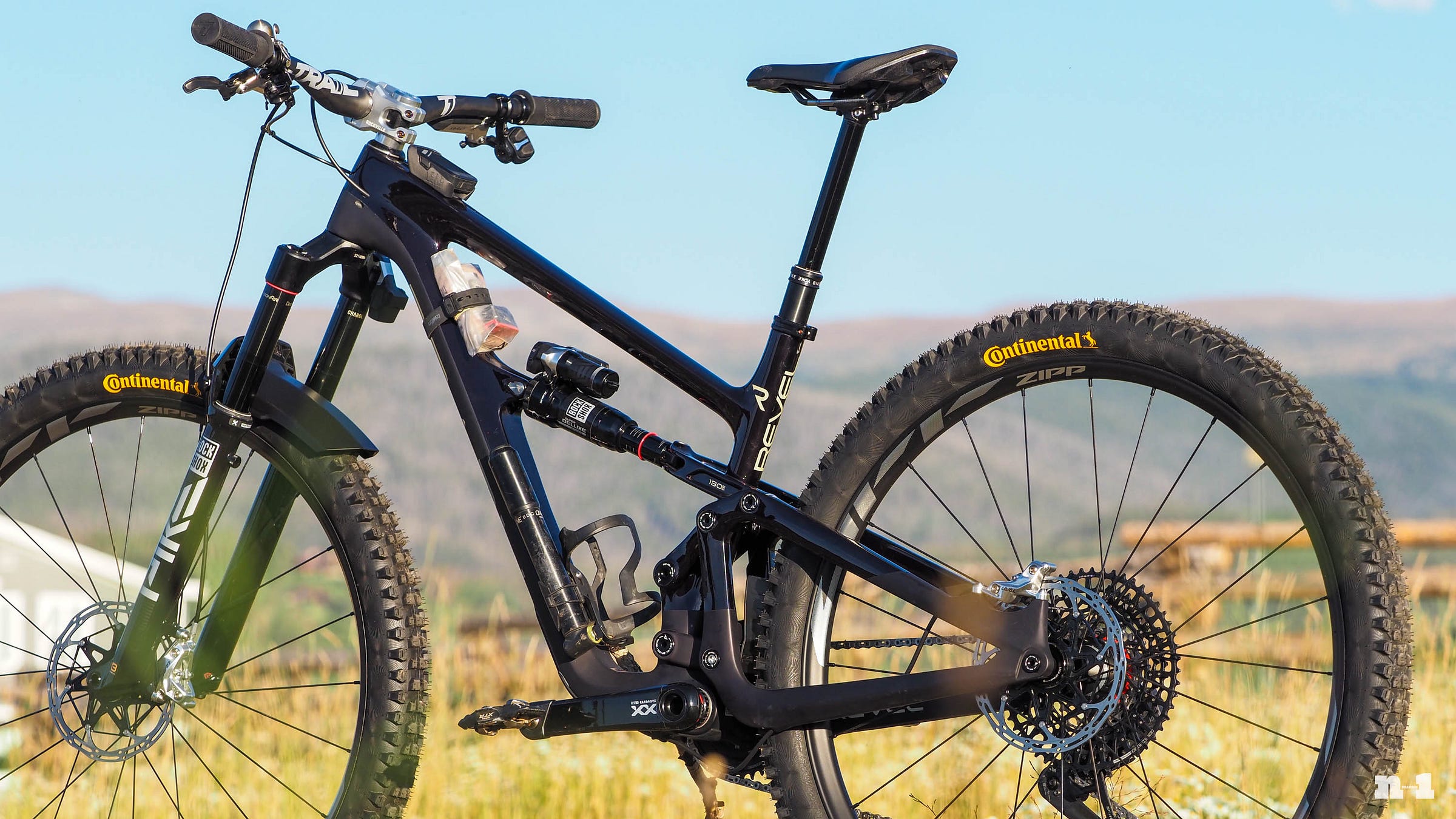
Most of the changes are only revealed when you take a closer look on paper.
Revel says it took 150 g out of the frame, with a painted medium sample (without rear shock, but with molded protectors) now supposedly tipping the scales at 2,805 g. Despite the weight loss, Revel also claims the rear end is about 20% stiffer than before, largely due to upsized pivot axles and bearings.
The frame geometry has received some meaningful updates, too.
Up front, the reach has grown by 7-9 mm, depending on size, the head tube angle is slackened 0.5° across the board to 65.5°, and the fork offset has been adjusted to a more modern 44 mm instead of the previous 51 mm, all of which combine to increase the trail dimension from 107 mm on the old bike to 123 mm on the new one. Helping to keep the weight distribution in check are 1-2° steeper seat tube angles, which now range from 76-77°.
Out back, the chainstays have grown 3 mm longer from 433 to 436 mm, while down below, there’s a smidgeon less bottom bracket drop. Revel has also added a new XXL frame size, which brings the grand total up to five and expands the rider height range to 1.55-2.03 m (5’ 1”-6’ 8”).
Taken in total, the goals with the tweaked Rascal v2 geometry were to increase high-speed stability and add a little more confidence on steeper downhills, reduce the chance of pedal strikes, and provide a more centered weight distribution. None of the changes are remotely groundbreaking, but aside from the constant chainstay length across the size range (variable sizing is slowing becoming more common), it’s all in keeping with modern trends.
Additional updates include more comprehensive molded rubber frame protection and a new rear dropout design that’s compatible with SRAM’s Universal Derailleur Hanger format.
Otherwise, Revel has carried on with an English-threaded bottom bracket shell, drop-in headset bearings, internal routing that’s both fully guided from end to end and doesn’t go through the headset (thank you, Revel, for prioritizing sensibility over fashion), and a single bottle mount inside the main triangle plus a secondary one on the underside of the down tube. XXL frame sizes get another bottle mount on the underside of the top tube, but none of the new Rascal frames get dedicated tool mounts, nor is there any storage built into the down tube.
Revel thankfully also continues to offer the full gamut of small replacement parts for the Rascal v2, all of which are laid out and identified in a handy exploded diagram, and can be ordered individually as needed.
Revel offers the Rascal v2 in two mechanical and two electronic builds. At the low end, US$4,500 gets you a SRAM GX Eagle drivetrain, a RockShox Lyrik Select+ fork and Super Deluxe rear shock, SRAM Code R brakes, and Crankbrothers Synthesis Enduro aluminum wheels. And at the top end, US$10,500 would snag you a Rascal built with a SRAM XX Eagle AXS Transmission wireless groupset, a RockShox Lyrik Ultimate fork and Super Deluxe rear shock, SRAM Code Ultimate Stealth brakes, and Revel’s own RW30 v2 thermoplastic carbon fiber wheels.
Regardless of build kit, Revel outfits every Rascal with a Cane Creek 40-Series headset, a 2.4”-wide Continental Kryptotal/Xynotal tire combo (with a soft-compound tire up front), 180 mm-diameter rotors front and rear, and finishing kit from Trail One. Dropper post travel varies with size, ranging from a scant 125 mm on the smallest size up to a whopping 213 mm on the XXL.
Revel also sells the Rascal as a bare frame (with RockShox or Fox rear shock) starting at US$3,000.

Revel sent me a one-off build early last summer, which closely mimicked the setup Revel president/CEO Ben Coates wanted to try out for himself in preparation for the grueling Breck Epic six-day stage race in Breckenridge, Colorado. Revel spared little expense on this one, with RockShox’s latest Pike Ultimate Flight Attendant and Super Deluxe Ultimate Flight Attendant auto-adjusting suspension, a SRAM XX Eagle Transmission wireless electronic drivetrain (with power meter), SRAM Level Ultimate Stealth four-piston disc brakes, Zipp 1Zero HiTop SW carbon wheels wrapped with Continental Kryptotal/Xynotal tires, a BikeYoke Revive dropper seatpost, a Trail One carbon riser bar, and a silver Trail One Rockville stem and headset spacers.
Total weight for this particular build was 13.35 kg (29.43 lb) in a medium size without pedals or accessories, while the bare frame with the chunky Flight Attendant rear shock, battery, and hardware was 3,450 g. Revel doesn’t quote a price for this particular build since it isn’t one that’s normally offered, but you can rest assured it’s… not cheap.
Thankfully, a full season of riding has confirmed that the Rascal v2’s excellent performance isn’t contingent on the fancy bits.
Ride report
I tested the second generation of Revel’s shorter-travel Ranger two years ago, and while I found it to be a fast and capable machine as far as my times went, it didn’t always feel that great in the process when putting the power down. With this latest Rascal, though, Revel has not only managed to produce a longer-travel machine with more versatility, but one that comes across as more eager in the process, too.
The rear end of the Rascal feels admirably firm under power, squirting forward with both light and heavy pedal surges in exactly the way you’d hope a modern suspension design would. Spinning along in the saddle feels impressively smooth and efficient as the Rascal readily gobbles up long stretches of less-demanding terrain, with only enough bobbing in the rear shock that you can see it, rather than feel it. Likewise, the Rascal is also nicely responsive when putting in a big burst of power in or out of the saddle, with a healthy 140% of anti-squat near the top of the travel that counteracts your natural weight shift and keeps the rear end from compressing when you don’t want it to.
The Rascal’s CBF rear end works exceptionally well.
Does the Rascal “pedal like a hardtail”? Well, no, of course not; no full-suspension bike does, regardless of the hype. That said, it’s a much closer competitor in terms of inherent pedaling efficiency to the best dw-link designs I’ve ridden (still the industry leader in that respect, in my opinion), and notably better than that Ranger I rode in 2023.
When I relayed my feedback to Revel after the first few test rides, Revel product manager Matt Boughton not only confirmed my impression, but also suggested the next-generation Ranger might receive similar updates.
“No, you are probably not imagining things in how the Rascal pedals more efficiently than the Ranger,” he told me. “There are kinematic details in the Rascal that a future Ranger could certainly benefit from.”
It’s important to keep in mind that that “pedals like a hardtail” qualifier isn’t necessarily a good thing, either. After all, the whole point of rear suspension is to offer traction and comfort benefits while pedaling that a hardtail can’t, and thankfully, the Rascal doesn’t come up short in that department, either.

It shines particularly brightly on technical climbs, where the Rascal easily maintains its composure while keeping the rear wheel firmly pressed into the ground. Tricky ascents with stair-steppy ledges are as simple as staying seated and keeping the power going, and the Rascal reacts well to bigger moves when needed, too.
One notoriously tricky local spot comprises a hub-height V-notch on a rocky ledge, immediately after a sharp, uphill 90° turn that practically requires a trackstand just to straighten out. The notch makes it impossible to pedal through the crux point, and so you have to quickly line up your approach, give the pedals a quick stab, and then hopefully carry your momentum up and over. It’s not at all uncommon for bikes to hang up on that ledge, but the Rascal makes surprisingly easy work of it.
Even better, the rear end of the Rascal seems equally adept at both small and big impacts.
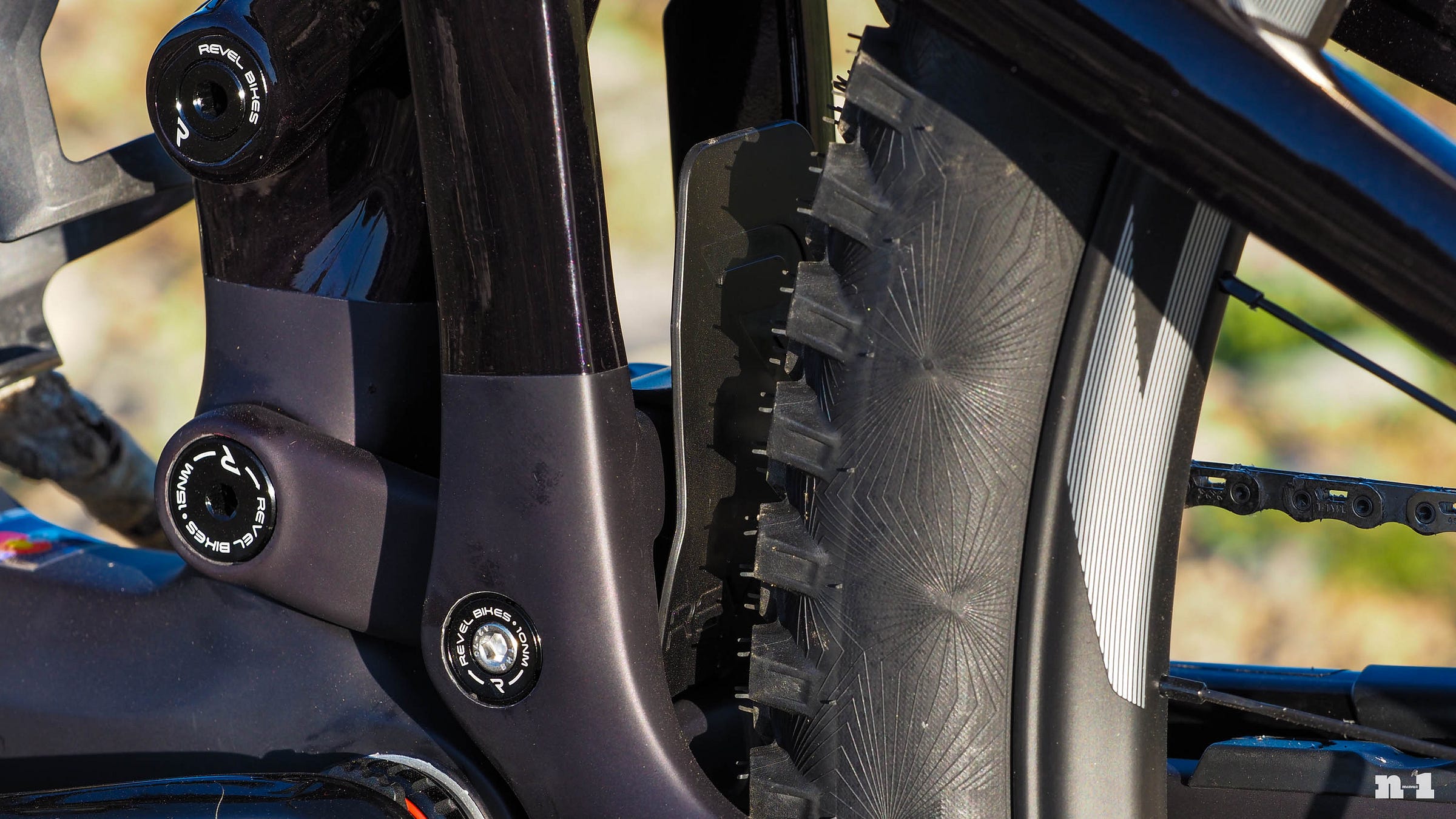
It’s supple on stuff like braking bumps and trail texture, but instead of totally erasing them like Horst link bikes sometimes do, the Rascal is more communicative about what’s going on while still staying planted. There’s no hiding the modest 130 mm of rear wheel travel, but chest-high drops-to-flat are met with minimal drama, while the nicely progressive spring curve capably handles the stuff in between. Moreover, the whole bike feels pleasantly balanced front-to-rear in terms of suspension performance, so you’re never surprised when one end can tackle a particular trail feature but the other can’t.
Revel bills the Rascal as “one bike to rule them all”, and while the versatile handling manners are generally another high point, there are a few more quirks than the suspension.
The 65.5° head tube angle and 451 mm reach both closely follow what I already prefer on my personal bikes. Like a good XC race bike, the front end and reasonably compact wheelbase is sufficiently agile to easily snake its way through tight switchbacks and flick its way through successive low-speed corners, but yet there’s also enough calmness to not feel too jittery at high speed.
I do question Revel’s inclusion of a 40 mm-long stem here, though, as it makes the steering just a hair twitchier than I’d prefer for a bike that’s this versatile. Combined with the more XC-like front center, it limits the Rascal a little when things get really rowdy, but it’s a modest price to pay for the more playful and darty personality elsewhere. For my riding, I ended up switching to a 50 mm stem to slow things down just a hair, but that’s thankfully an easy (and comparatively inexpensive) fix should you feel the same.
Revel also prefers to use drop-in headsets for its carbon bikes, and I found myself wishing it featured press-in cups instead – not for any structural or performance reasons, but rather the ability to tweak the frame geometry a bit. Given the outsized capability of the rear end, it wouldn’t at all be out of the question to ride the Rascal like a longer-travel machine. But at the limits, that 65.5° head tube angle can start feeling a little on the steep side, and it would have been nice to slacken things another 0.5-1° with an angle-adjusting headset, which unfortunately can’t be used with the Rascal’s drop-in headset bearing seats.
I didn’t find it to be a major issue, but some might also question Revel’s decision to forego any sort of internal frame storage. I normally run a fully loaded OneUp EDC pump so I only needed to find someplace to stash a spare inner tube, but if you’re used to the cleanliness of an internal setup, it’d for sure be hard to go back. Bike brands often cite increased weight and decreased frame stiffness as reasons for skipping internal storage, but it’d be nice if Revel at least included some accessory mounts on the underside of the top tube for a bolt-on kit.

Kudos to Revel for resisting the horribly misguided industry trend of thru-headset control line routing. The Rascal’s tube-in-tube setup is easy to use and plenty clean already, and not once did I think to myself as I was riding, “You know, this bike would really be way better if these two lines were just slightly less visible.” I’ve said it before and I’ll say it again: while I can agree that hidden routing offers some benefits to drop-bar bikes, there’s simply zero functional justification for it to exist on most mountain bikes.
And finally, let’s give Revel another pat on the back for the Rascal’s tastefully subtle graphics. There’s one logo on the down tube that’s pretty big, but it’s also on the underside of the tube so it’s not so in-your-face. And “Pinot Gnar” is one of the best names for a color ever.
Spec notes
I won’t go into a ton of detail evaluating the spec on my particular test bike since it isn’t one that Revel normally offers, but certain pieces are worth a bit more discussion.
If you haven’t used it yet, RockShox Flight Attendant is incredible stuff. The algorithm is remarkably adept at evaluating the data being fed to the central brain from all the various sensors, and it’s incredibly fast at making changes (and it’s fun to hear the motors quietly buzzing round as the system toggles through the various settings). It almost never gets confused, and once you’ve taken the time to tweak your settings, you really don’t have to do much of anything aside from making sure the batteries are charged – just hop on and pedal.
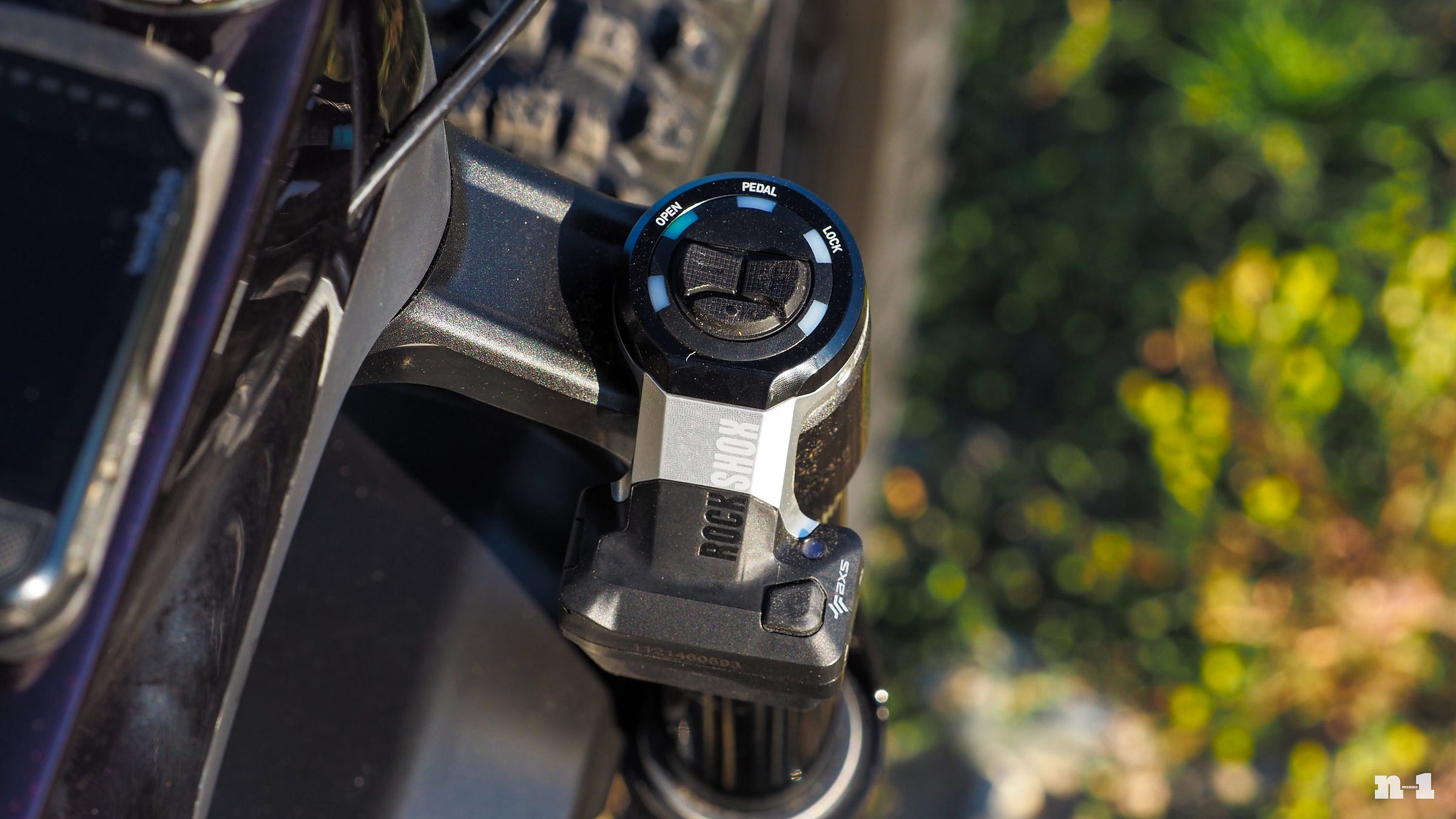
Almost without fail, Flight Attendant had my suspension fully locked out on very smooth terrain, in a firm-but-still-active climb mode when either heading uphill on a trail or when cruising on more rolling ground, and fully open the instant the system detected I no longer needed to pedal. I am most definitely not someone who normally prefers automatic anything (I prefer manual-transmission cars, for example), but I’ll be damned if Flight Attendant didn’t get it right nearly every time.
Nearly.
It’s also important to point out that as good as Flight Attendant is, it’s still a reactive system, not a predictive one, and it wasn’t always my favorite on technical climbs. There, even smaller bumps would occasionally unsettle the front end when I otherwise might have preferred a fully open fork instead so as to not disrupt my rhythm (the rear end thankfully opened up immediately afterward).
As good as it is, I might argue that Flight Attendant is better suited to more XC-oriented applications than more general-purpose trail ones, at least assuming you’re on a suspension design that doesn’t need much help. Particularly long rides grew a little tiresome after several hours where a more active suspension might be more coddling, as even the softest bias setting on Flight Attendant produced a subtly firmer-than-usual ride quality. On a bike that has an inherently efficient rear suspension like the Rascal, I actually wonder if Flight Attendant is necessary at all. In fact, I ended up doing the last half of my testing on the Rascal with the system turned off entirely, and it’s perhaps telling that despite testing the system for all of last season, Revel hasn’t taken the leap to offer it as a stock build.
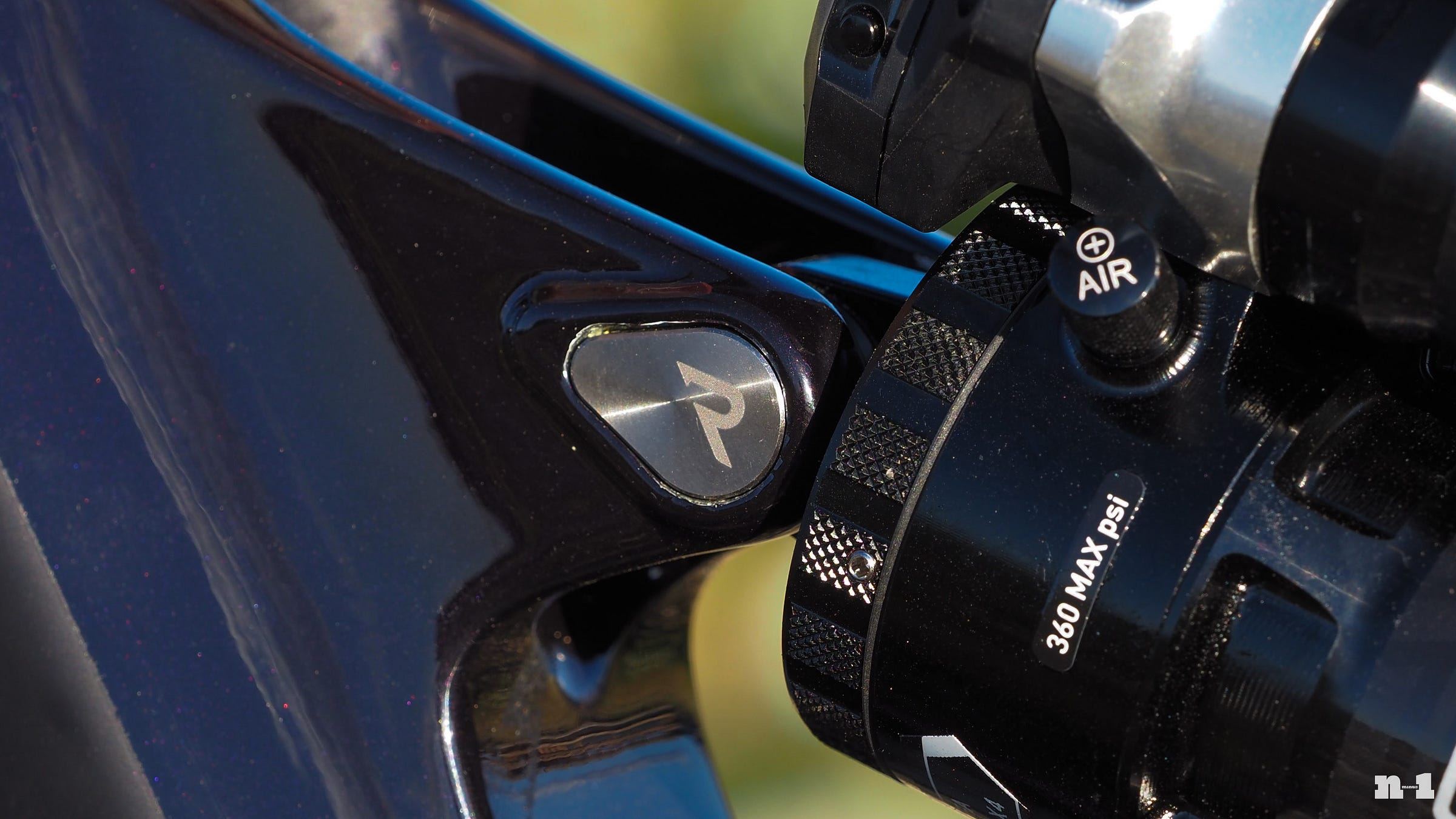
Whether it’s a good or bad thing Revel hasn’t yet added a Flight Attendant build is debatable, but I’m definitely happy to see these SRAM Level Ultimate Stealth four-piston disc brakes aren’t anywhere on the spec sheets. They offer only middling stopping power at best, they’re prone to fading on long downhills, and the lever feel is even disappointing with too much effort required to pull the levers and a vague contact point. Pass, please.
I’ve generally been happy with these Continental tires, though. I’ve now had the opportunity to sample several different casing constructions and tread compounds for the German brand’s Kryptotal and Xynotal front/rear combo, and I think Revel got the balance right here with the lighter “trail” casing at both ends, and the grippier “soft” compound up front to complement the faster roll and increased durability of the “endurance” compound out back. At least in dry conditions, there’s cornering grip for days with excellent drive and braking traction, and they’re quite forgiving when and if they do finally let go in a turn.
Finally, I like that the BikeYoke Revive post incorporates a handy valve to reset the internal hydraulics in case you develop the dreaded squishy dropper syndrome. Normally, that sort of thing would require a cartridge change or at least some kind of more intensive rebuild, but with the Revive, all you need is a common Allen wrench and about 15 seconds of your day. That said, I needed to use that feature more often than I would have liked, enough that I found myself almost wishing Revel would consider switching to the seemingly more reliable (and certainly less expensive) OneUp. That one isn’t as fancy as the Revive, but let’s just say there are good reasons why I have them on all of my personal bikes.
Keep it simple, stupid
When it comes to mountain bike suspension, I’m all for advancing the genre with cutting-edge technology. However, I’m an even bigger fan of when a bike nails the fundamentals so soundly that it doesn’t need much additional help, and I think that’s what Revel has done here.
The geometry is just about spot-on, the rear suspension works exceedingly well, it rides well, it looks good, and all things considered, it’s quite reasonably priced, too. In fact, if I were to buy one of these, I’m pretty sure I’d go with the entry-level GX Eagle build kit and call it good.
Do I wish the frame were a little lighter? Sure. Would I like internal storage? Yup. Could the front end be just a wee bit slacker? Perhaps. But even so, if you could only have one nice mountain bike in your stable, this certainly wouldn’t be a bad one to have.
Nicely done on this one, Revel.
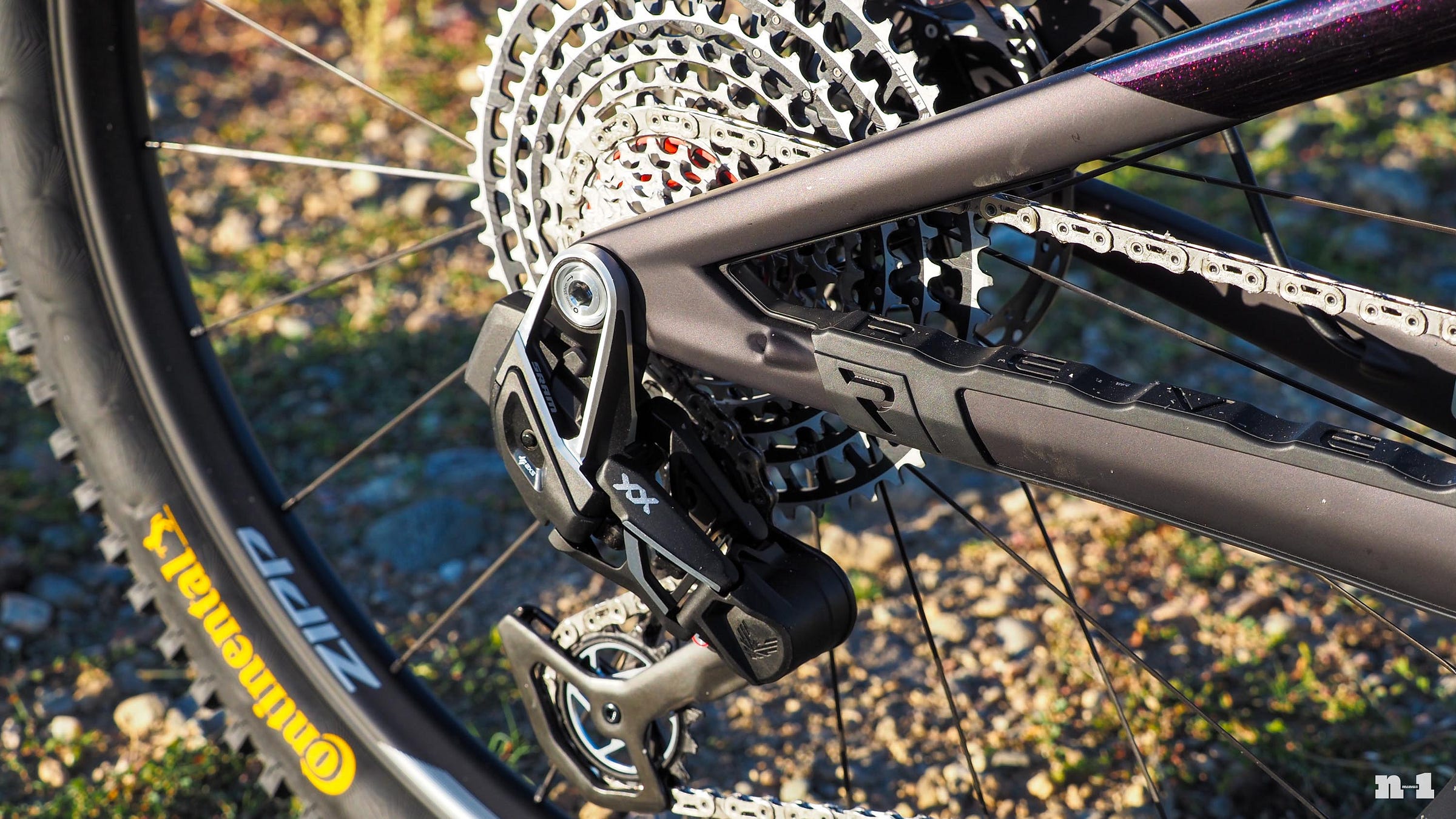



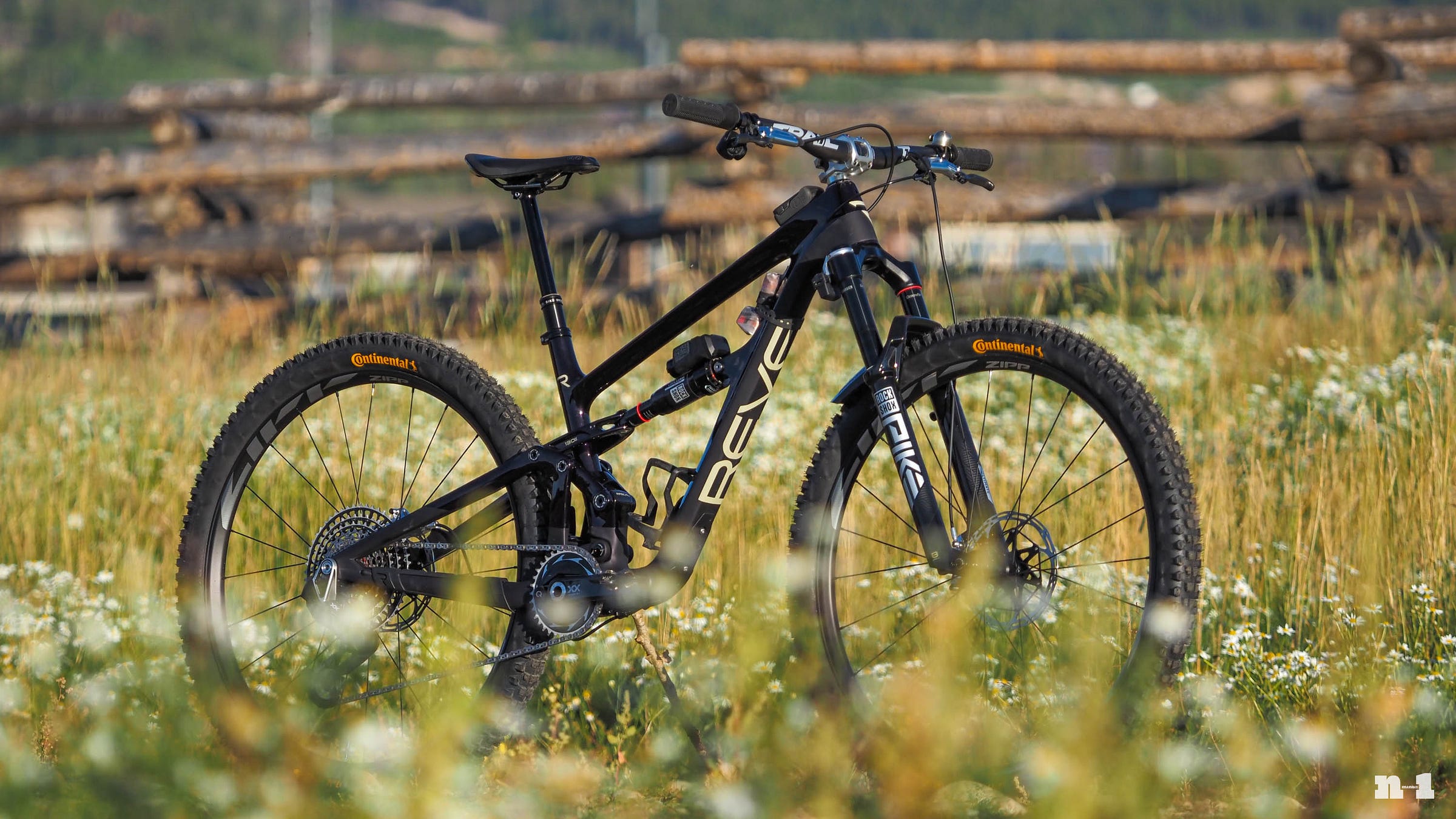
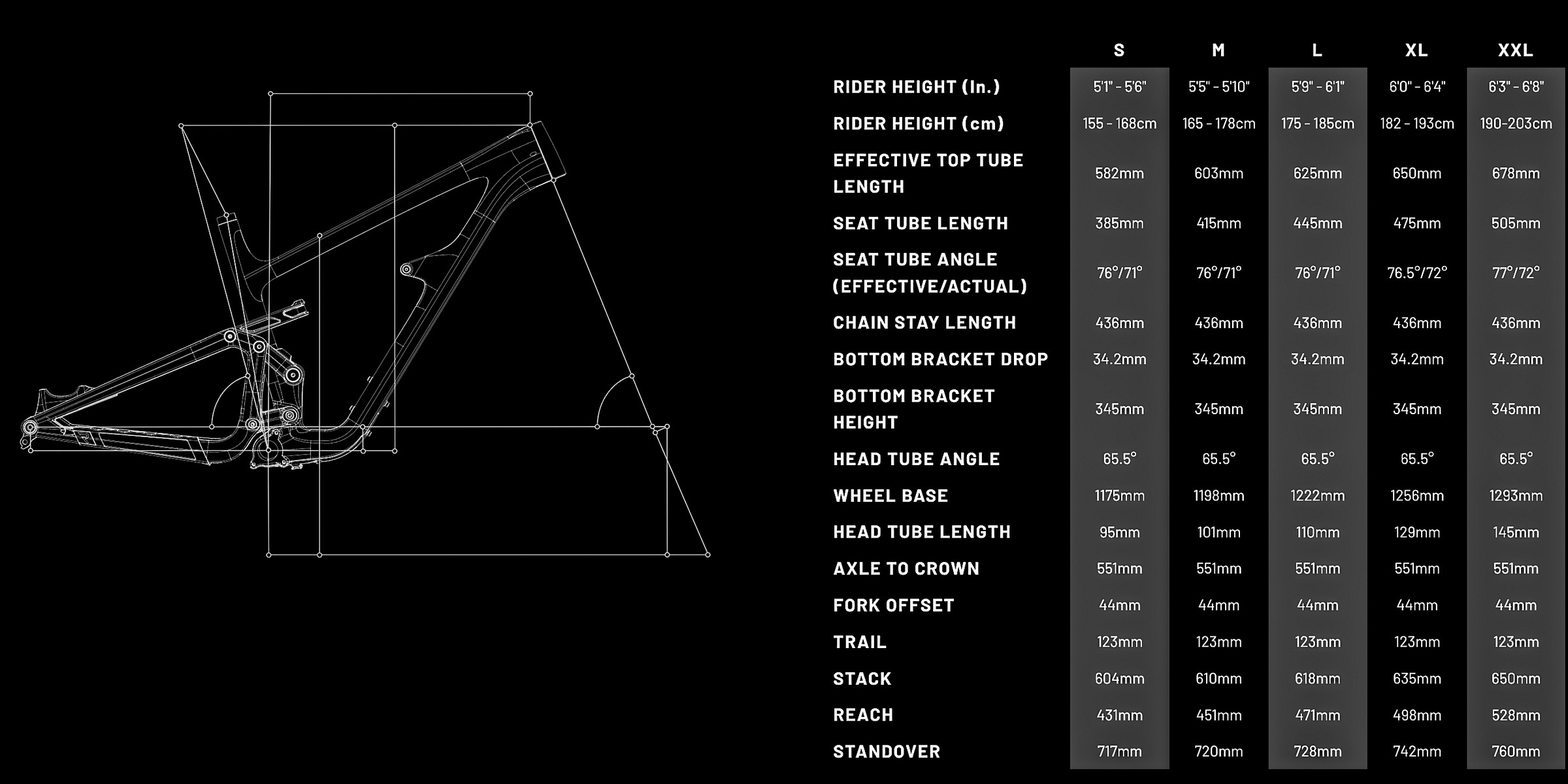
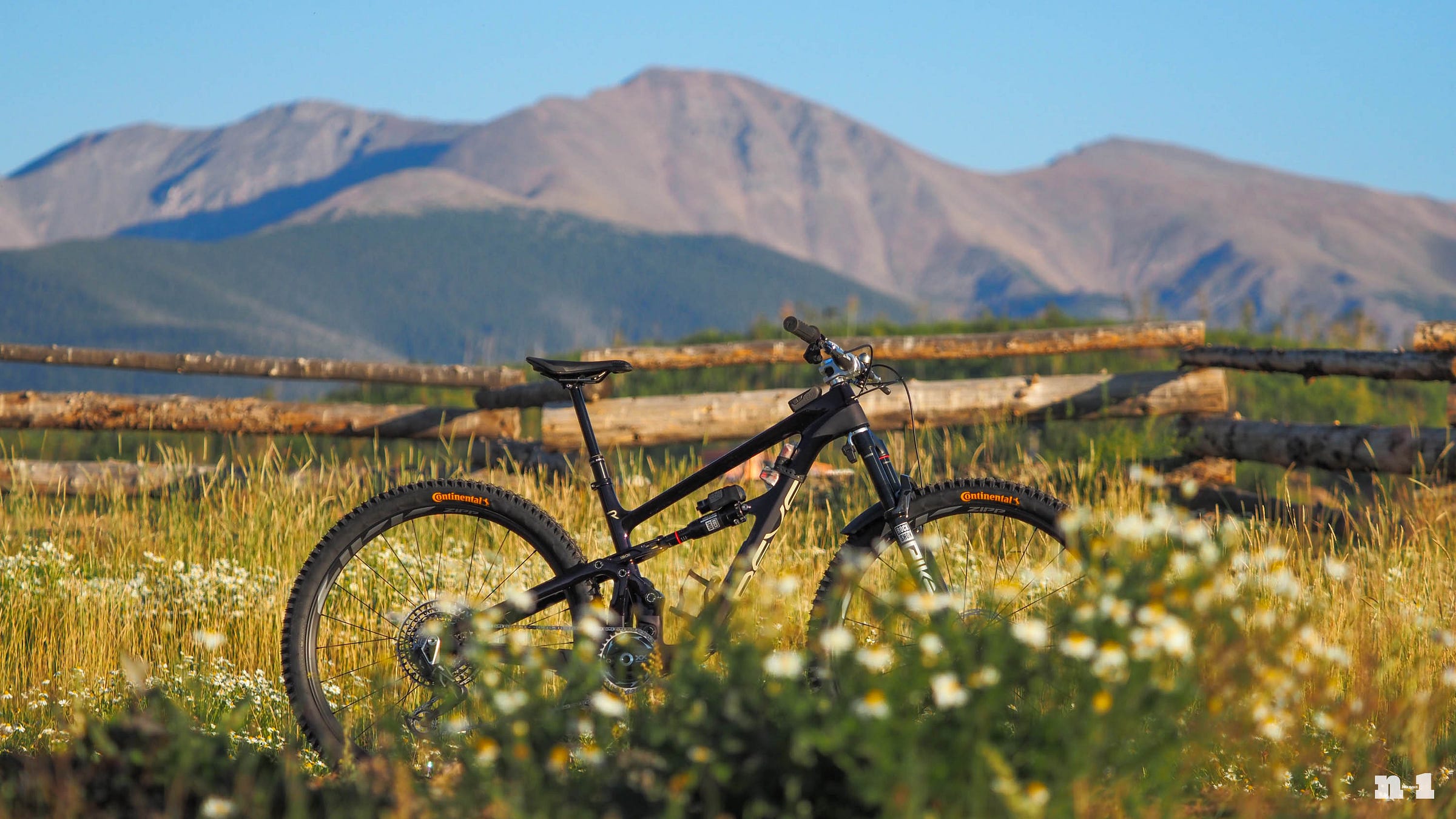

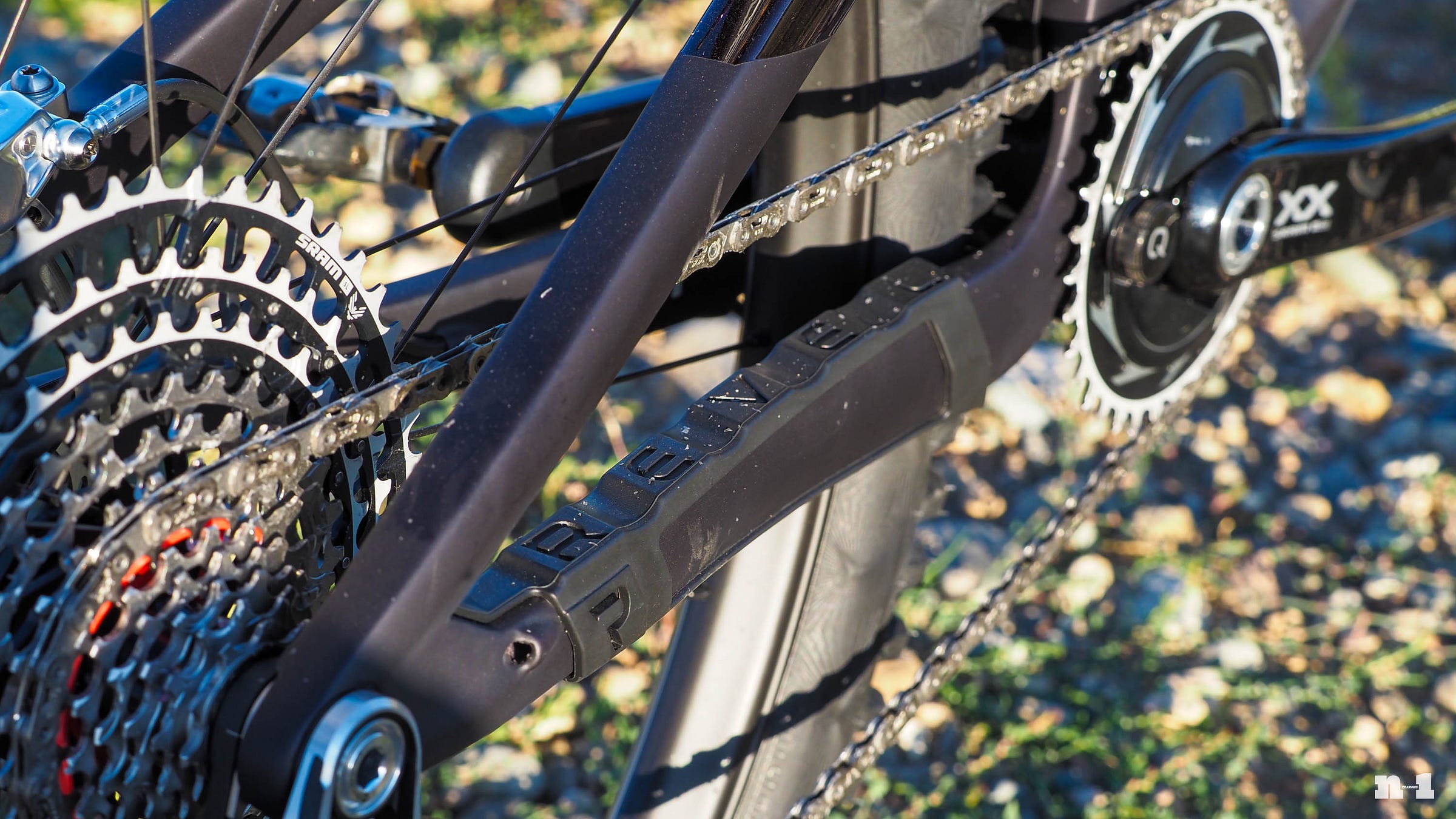
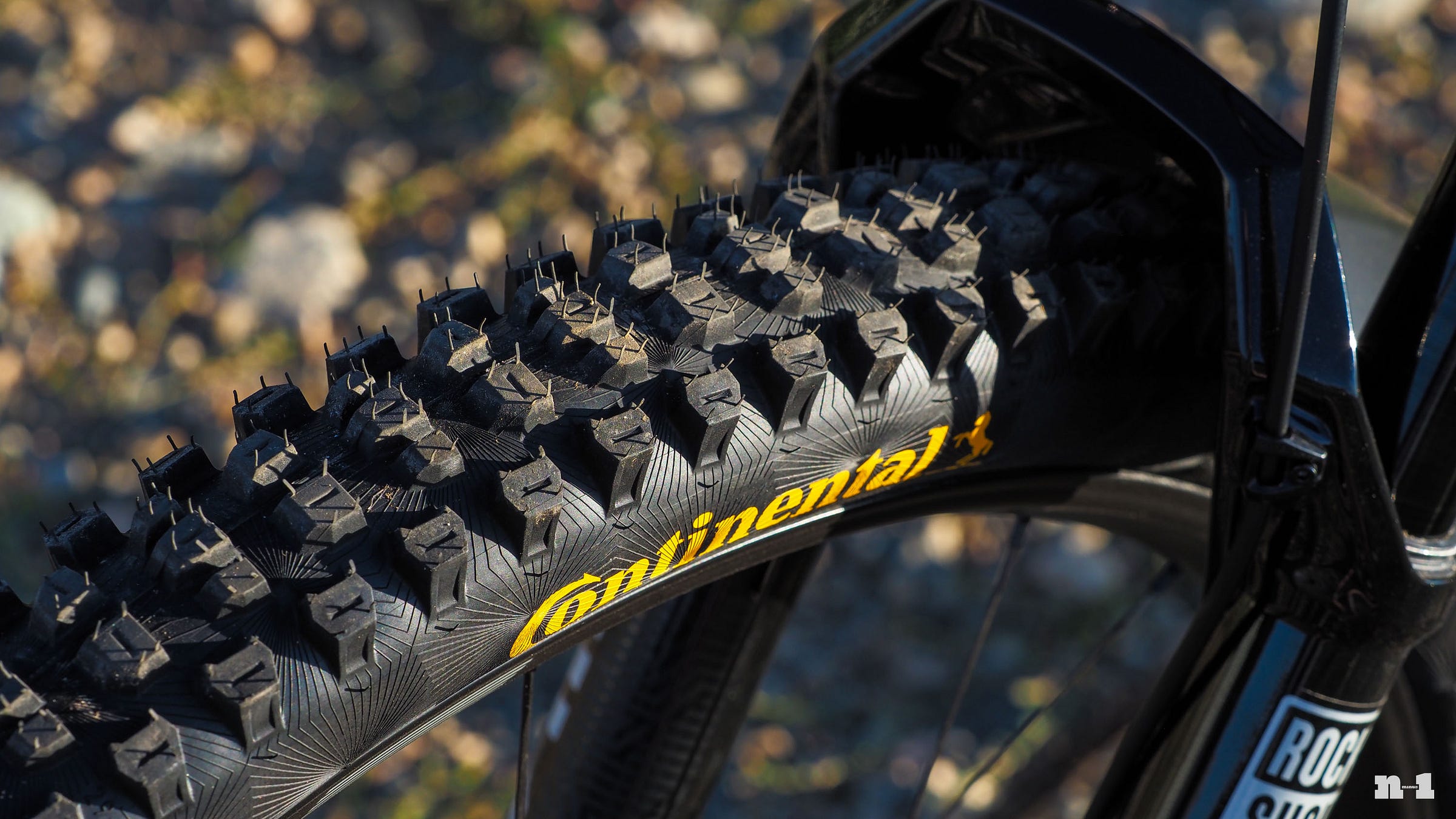
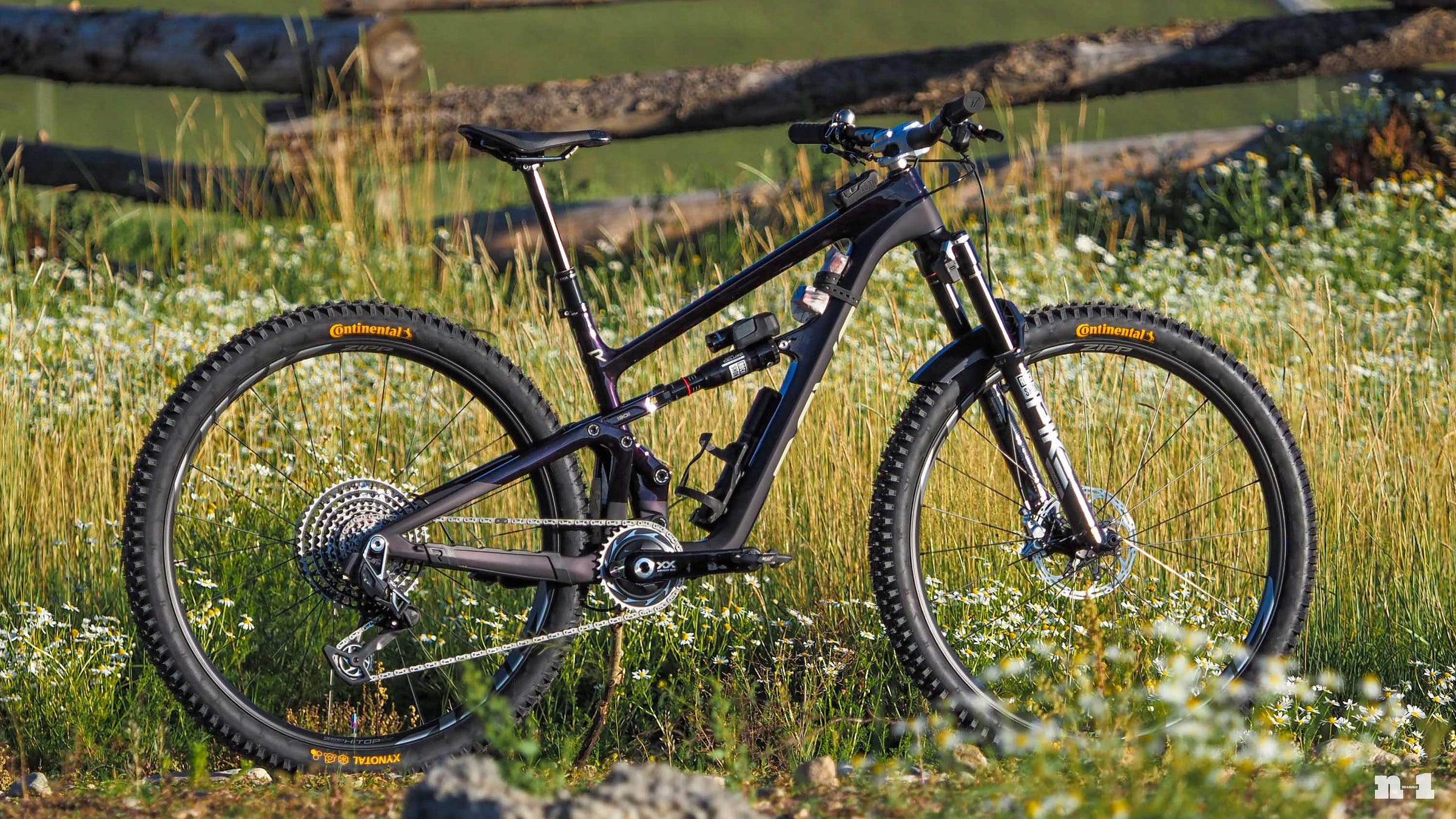



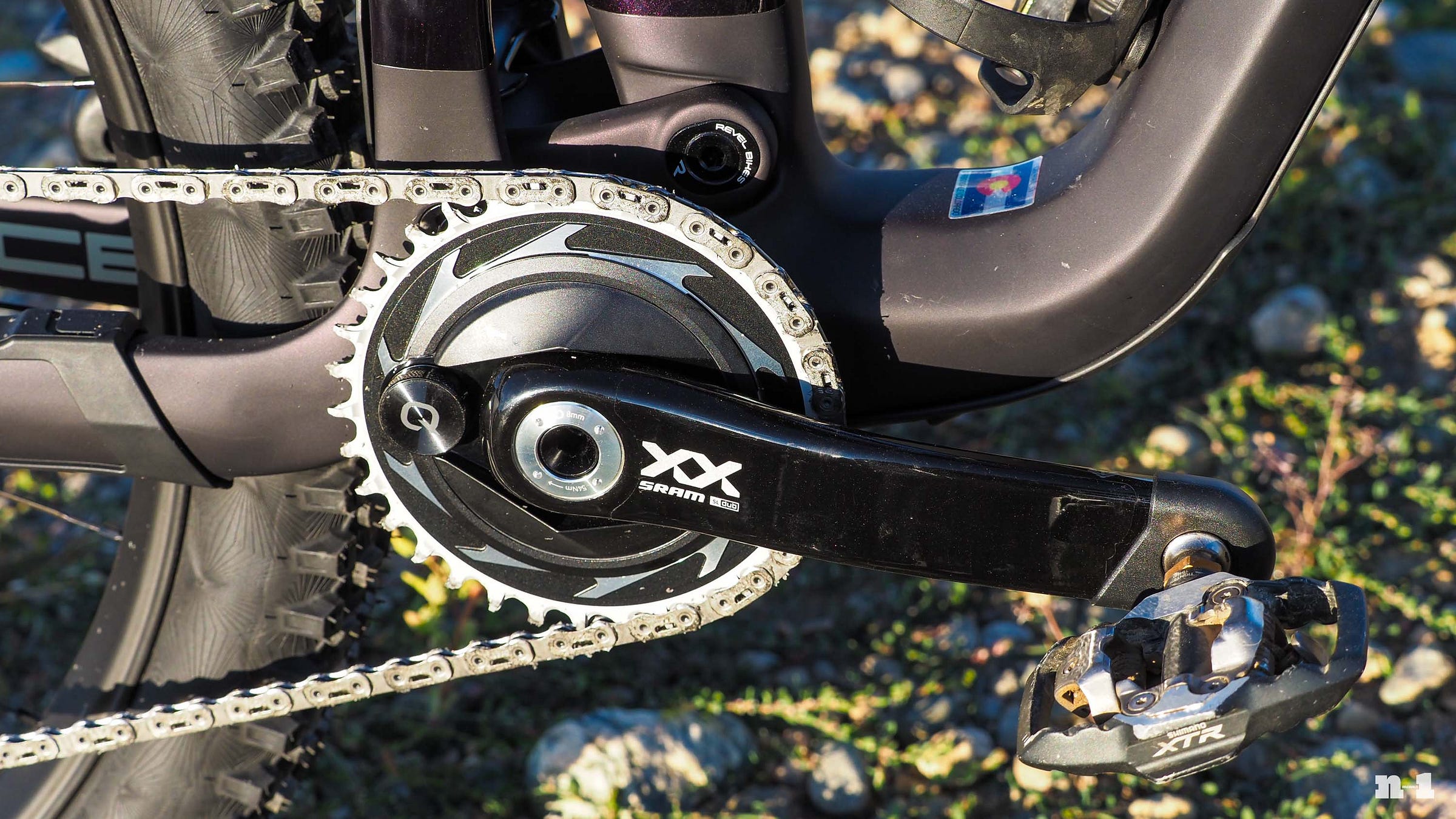
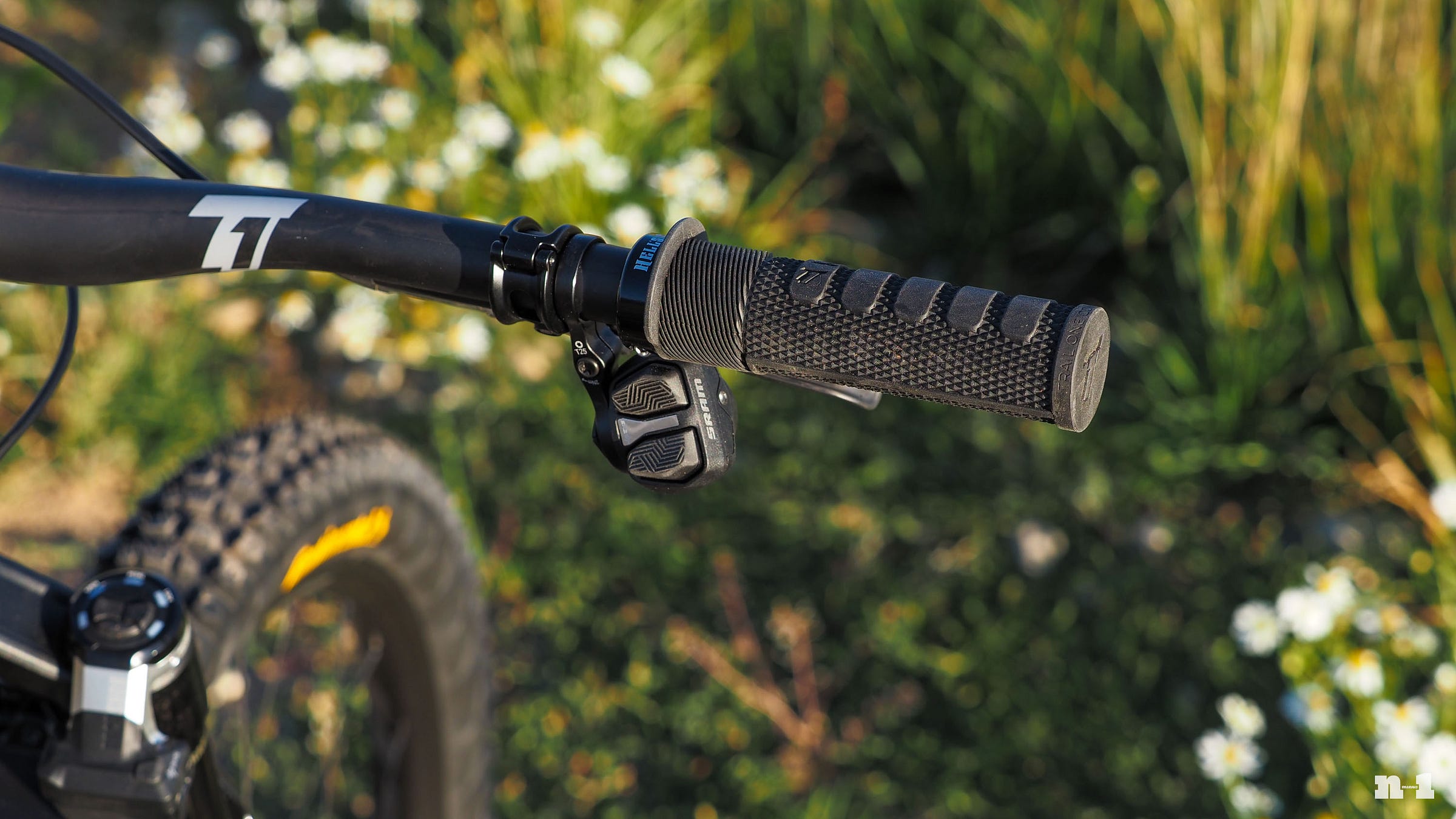

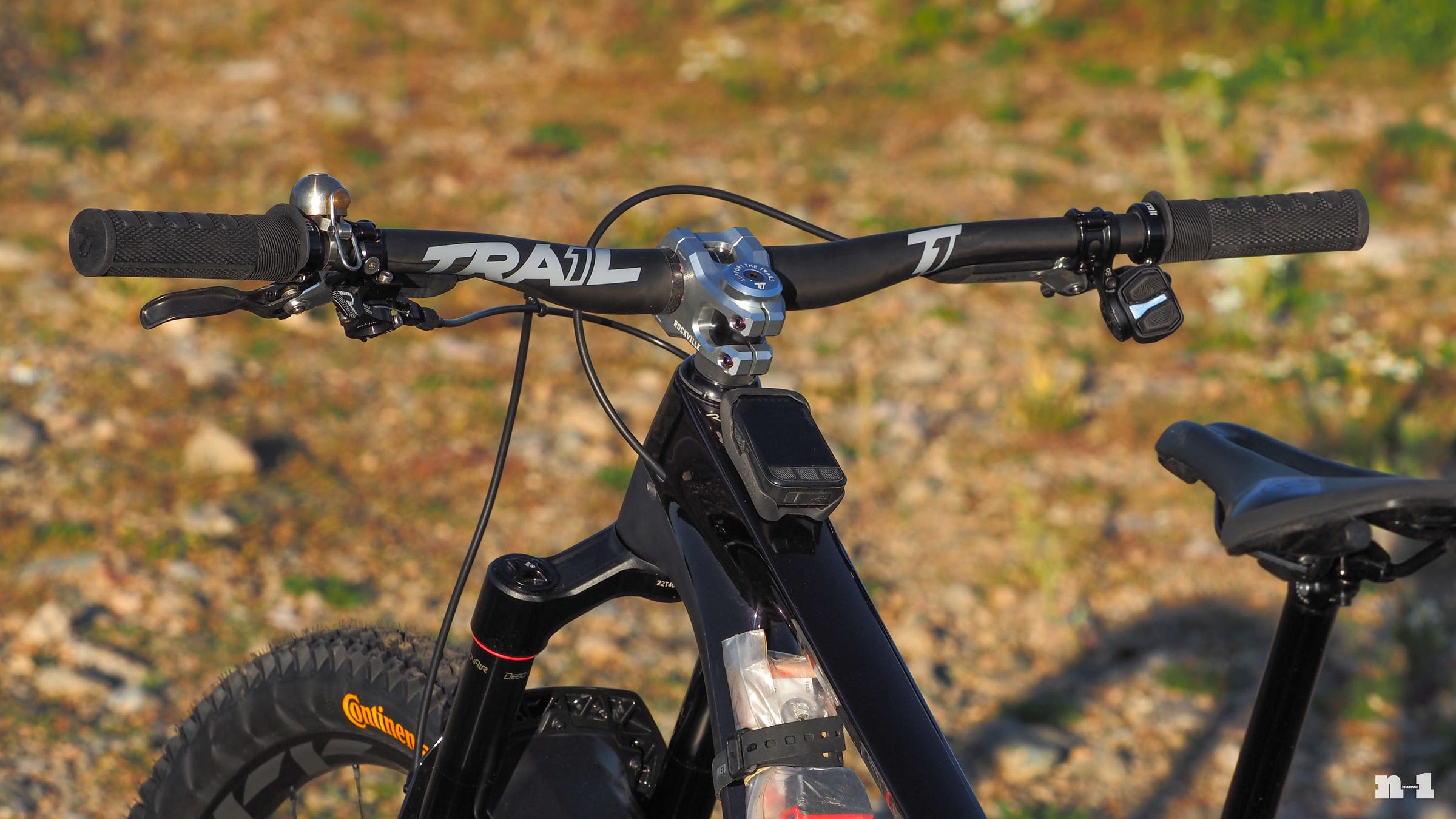
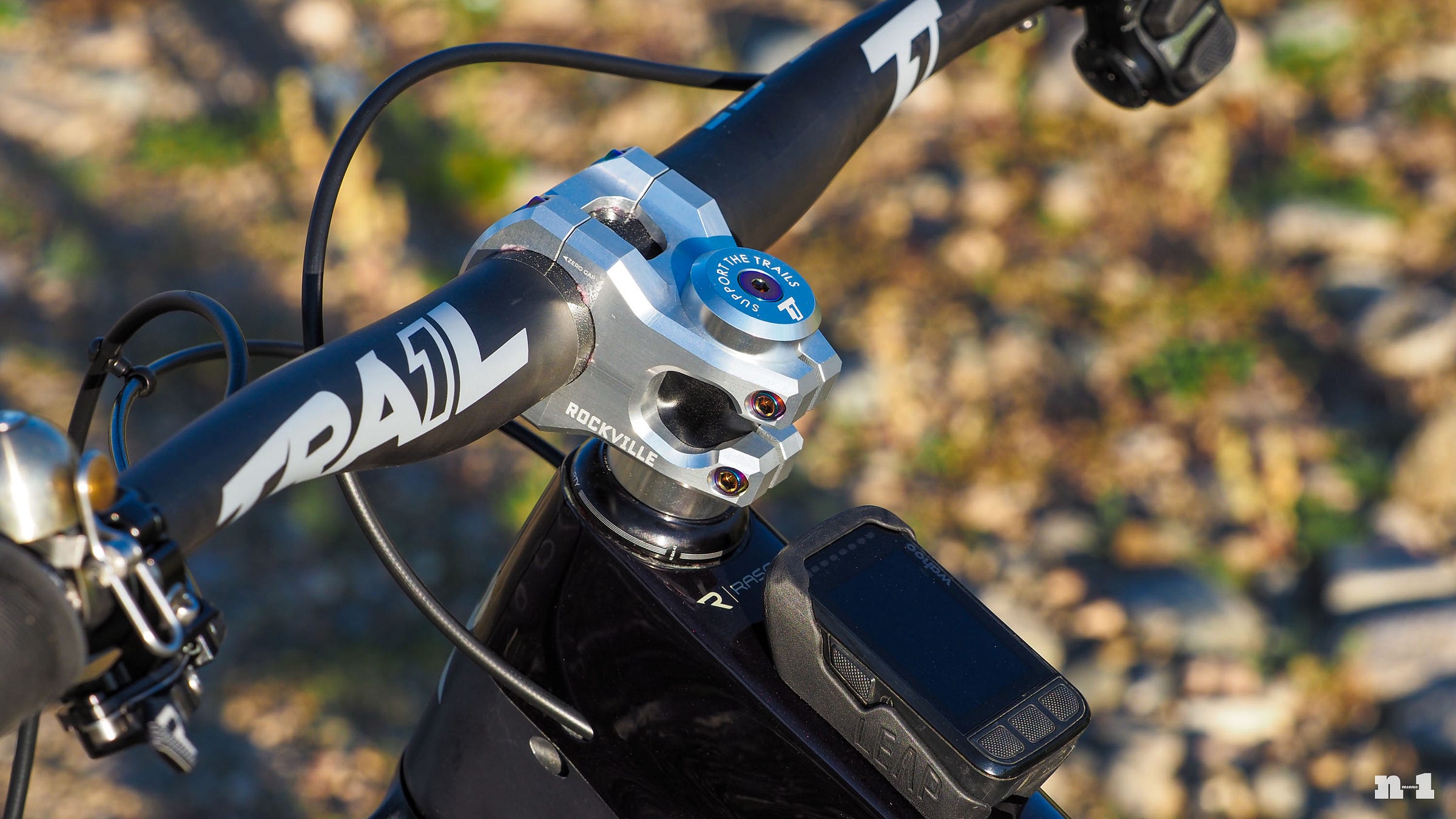

I still can't come to terms with a 14kg "short travel" trail bike. Perhaps my old XC weight weenie tendencies will never die, but it's just so puzzling that despite all the advancements in materials and manufacturing technology, mountain bikes just keep getting heavier. Yes, I appreciate that a trail bike of 2025 is vastly superior to one from 2015, but I'm still not buying it. As a point of comparison, my current powder touring skis are roughly 20% lighter than the previous pair they replaced AND they ski better AND they cost roughly the same in inflation adjusted dollars. To continue the analogy, I've observed many "bro brah, I don't care about light skis. I just want to SHRED" folks swap their heavy planks for proper lightweight AT gear after realizing how much hauling 5kg on each foot up a skintrack really sucks. Why aren't (non-electrified) mountain bikers more eager to ride something that is more pleasurable to pedal uphill and on rolling terrain? I recall RC writing an op ed about his ages ago and think he was onto something. Funny how we've just normalized 1200g "trail" tires and 3kg carbon frames instead.
Great write up! What is your preferred XC brake since the levels aren’t good?